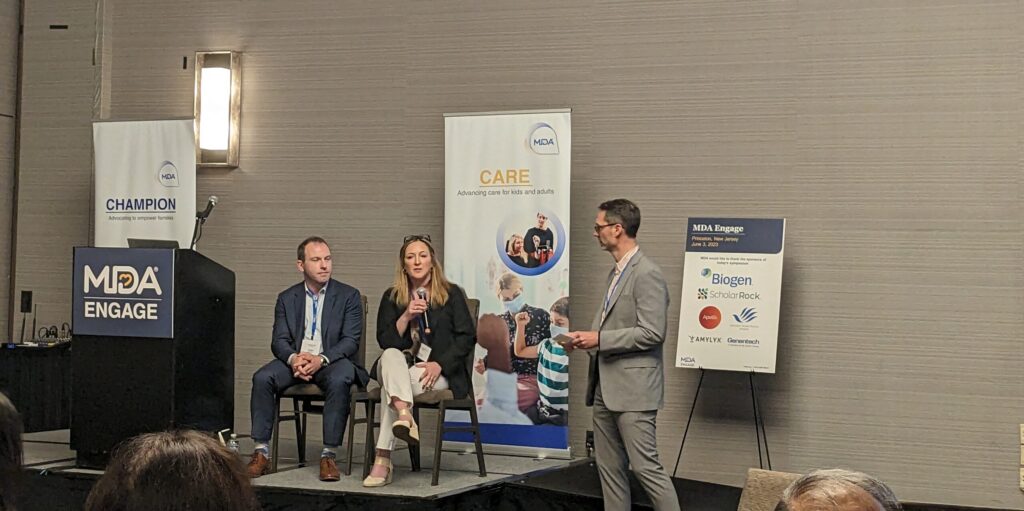
How the New LGMD Diagnostic Codes Could Benefit the LGMD Community
By Paul Melmeyer | Tuesday, February 7, 2023
On October 1st, new diagnostic codes for the limb-girdle muscular dystrophies (LGMDs) became officially available for use by clinicians and researchers marking the first time the LGMDs had diagnostic codes specific to the muscular dystrophy.
But what impact could this have on the LGMD community? After all, the nuances of using specific ICD-10 diagnostic codes often occur in the back office of the clinic and rarely are evident to the patient. Chances are you are entirely unaware of the ICD-10 diagnostic codes being used by your clinician or medical provider.
But with the new availability of these diagnostic codes, the LGMD community needs to know the importance of using the right diagnostic code, and when.
What are ICD-10 diagnostic codes and how did the LGMDs obtain disease-specific codes?
In a clinical setting, everyone is assigned an ICD-10 diagnostic code that matches their clinical diagnosis. This code is attached to the medical record, and is used for disease tracking and surveillance, coverage and reimbursement decisions, and coordination of care across multiple providers.
Before October 1st, if an individual with LGMD visited their clinician, they may have been coded with the ICD-10 code “Other Muscular Dystrophy”, or a similarly general code that is not precise to their specific LGMD subtype, or even LGMD more generally. Using an imprecise diagnostic code is problematic for several reasons, including inhibiting disease understanding, progression, and prevalence, as well as complicating access to targeted treatments and care.
The Muscular Dystrophy Association (MDA) joined with our advocacy partners and leading clinicians to fix this problem, and over the course of two years, successfully applied for and obtained more precise diagnostic codes for LGMDs, including subtype-specific codes for the most prevalent LGMDs and those with later-stage therapeutic development ongoing.
These are the codes that became officially available on October 1st.
Now that these diagnostic codes are available, what impact might they have?
The new diagnostic codes will only be impactful if the clinical community uses them appropriately. This is why MDA is busy educating the clinical community on how to use the right ICD-10 code and when.
And if used correctly, these codes can truly move the needle for disease understanding and access to care in LGMD.
First, researchers will be able to access more precise data on the prevalence, incidence, and progression of LGMD, leading to a better understanding on the disease more generally. Second, when targeted subtype-specific treatments are available for the LGMDs, the process for accessing these treatments will be more efficient and streamlined. Third, clinical trials will be able to progress more quickly as these codes will facilitate and accelerate enrollment. Finally, with a more precise diagnostic code in the medical record, care should be better coordinated across multiple providers.
Everyone has a role to play in ensuring the effects of these codes reach their full potential. Clinicians and medical coders must use them properly, and community members can remind their clinicians on the availability and importance of using the new codes.
Disclaimer: No content on this site should ever be used as a substitute for direct medical advice from your doctor or other qualified clinician.




